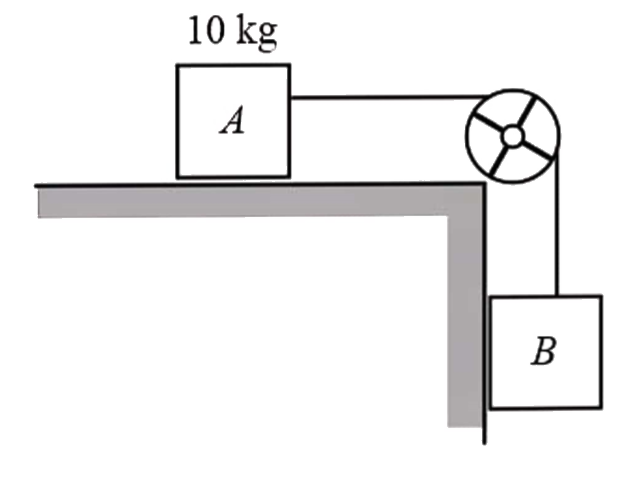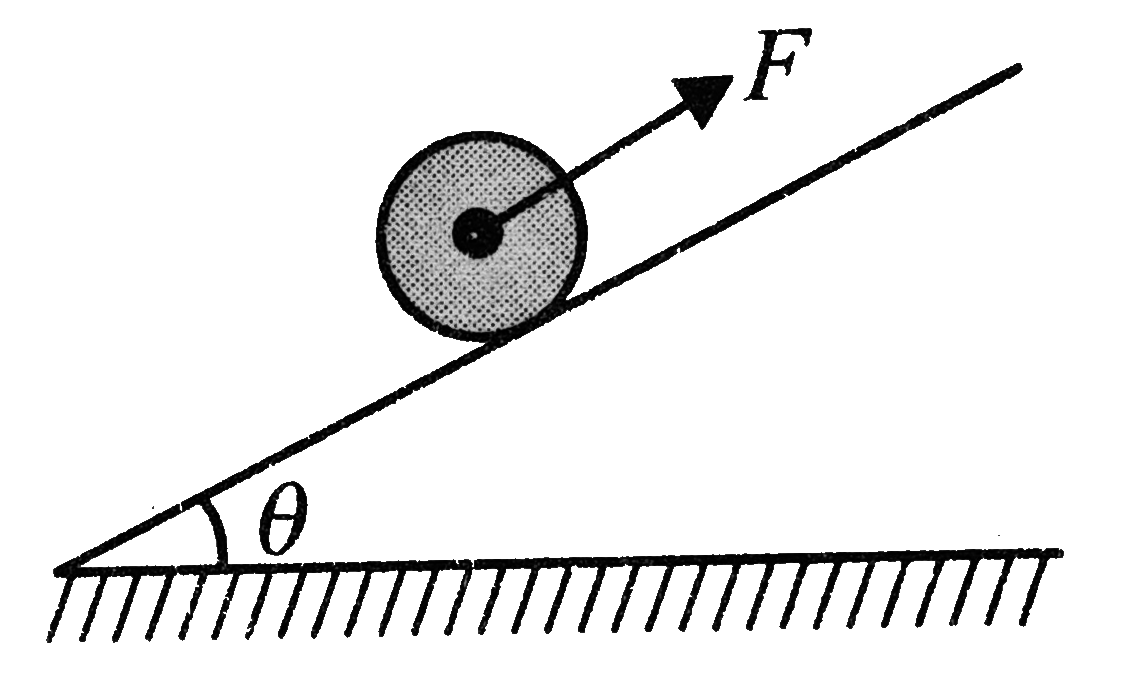A vehicle moves safe on a rough, curved and unbanked road. Then
a) The direction of static friction is radially out wards
b) The direction of static friction is radially inwards
c) The direction of kinetic friction is tangential to curved path
d) Static friction does not exist
a and b are correct
c and d are correct
a and d are correct
b and c are correct
The correct Answer is:C
To solve the question, we need to analyze the motion of a vehicle on a rough, curved, and unbanked road. Let's break down the statements one by one.
Step 1: Understanding the Forces Acting on the Vehicle
When a vehicle moves along a curved path, it experiences a centripetal force that acts towards the center of the curve. This force is necessary to keep the vehicle moving in a circular path.
Step 2: Identifying the Role of Static Friction
Static friction is the force that prevents the vehicle from sliding off the road. For a vehicle to maintain its curved path without slipping, static friction must act towards the center of the curve (inward direction). This is because static friction provides the necessary centripetal force.
Step 3: Analyzing the Statements
- Statement a: "The direction of static friction is radially outwards."
This statement is incorrect because static friction acts inward, not outward.
- Statement b: "The direction of static friction is radially inwards."
This statement is correct because static friction does act towards the center of the curve.
- Statement c: "The direction of kinetic friction is tangential to the curved path."
This statement is also correct. Kinetic friction acts tangentially to the path of motion when there is slipping.
- Statement d: "Static friction does not exist."
This statement is incorrect because static friction is present when the vehicle is moving safely along the curved path.
Step 4: Conclusion
Based on the analysis:
- Statement a is incorrect.
- Statement b is correct.
- Statement c is correct.
- Statement d is incorrect.
Thus, the correct answer is that statements b and c are correct.
Final Answer
The correct options are b and c.
---
When a vehicle moves along a curved path, it experiences a centripetal force that acts towards the center of the curve. This force is necessary to keep the vehicle moving in a circular path.
Static friction is the force that prevents the vehicle from sliding off the road. For a vehicle to maintain its curved path without slipping, static friction must act towards the center of the curve (inward direction). This is because static friction provides the necessary centripetal force.
- Statement a: "The direction of static friction is radially outwards."
This statement is incorrect because static friction acts inward, not outward.
This statement is correct because static friction does act towards the center of the curve.
This statement is also correct. Kinetic friction acts tangentially to the path of motion when there is slipping.
This statement is incorrect because static friction is present when the vehicle is moving safely along the curved path.
Based on the analysis:
- Statement a is incorrect.
- Statement b is correct.
- Statement c is correct.
- Statement d is incorrect.
The correct options are b and c.
Similar Questions
An unbanked curve has a radius of 60m. The maximum speed at which a car can make a turn if the coefficient of static friction is 0.75 , is
View SolutionIf the mass of A=10 kg, coefficient of static friction=0.22, coefficient of kinetic friction=0.2, then minimum mass of B to start motion is

View SolutionIf the mass of A=10 kg, coefficient of static friction=0.22, coefficient of kinetic friction=0.2, then minimum mass of B to start motion is

View SolutionSuppose all the surfaces in the previous problem are rough. The direction of friction on B due to A
View SolutionA block is kept on a rough surface and applied with a horizontal force as shown which is gradually increasing for zero. The coefficient of static and kinetic friction are 1/√3 then

View SolutionA : When a man is walking on a rough road, that work done by frictiona force is zero.
R : Frictional force acts in the direction of the motion of the man in this case.
View SolutionA spherical shell of mass m and radius R is rolling up without slipping on a rough inclined plane as shown in the figure. The direction of static friction acting on the shell is
View SolutionA block of mass 5kg is lying on a rough horizontal surface. The coefficient of static and kinetic friction are 0.3 and 0.1 and g=10ms−2 The frictional force on the block is
View SolutionStatement I: A disc is allowed to roll purely on an inclined plane as shown in Fig. A force F parallel to the incline and passing through the centre of the disc acts which remains constant during the motion.
It is possible that for certain values of F, the friction on the disc is acting along downward direction and for certain other values of F, the friction on the disc be acting along upward direction and there is no other possibility.

Statement II: The friction (if acting) will be static and not kinetic in nature.
View SolutionA 30kg mass is intially at rest on floor of a truck . The coefficient of static friction between the mass and the floor of truck in 0.3 and coefficient of kinetic friction is 0.2 . Intially the truck is travelling due east at constant speed.Find the magnitude and direction of the friction force acting on the mass , if : (take g=10m/s2)
(a) the truck acdceleration at 1.8m/s2 eastward
(b) the truck acdceleration at 3.8m/s2 westward
View Solution
